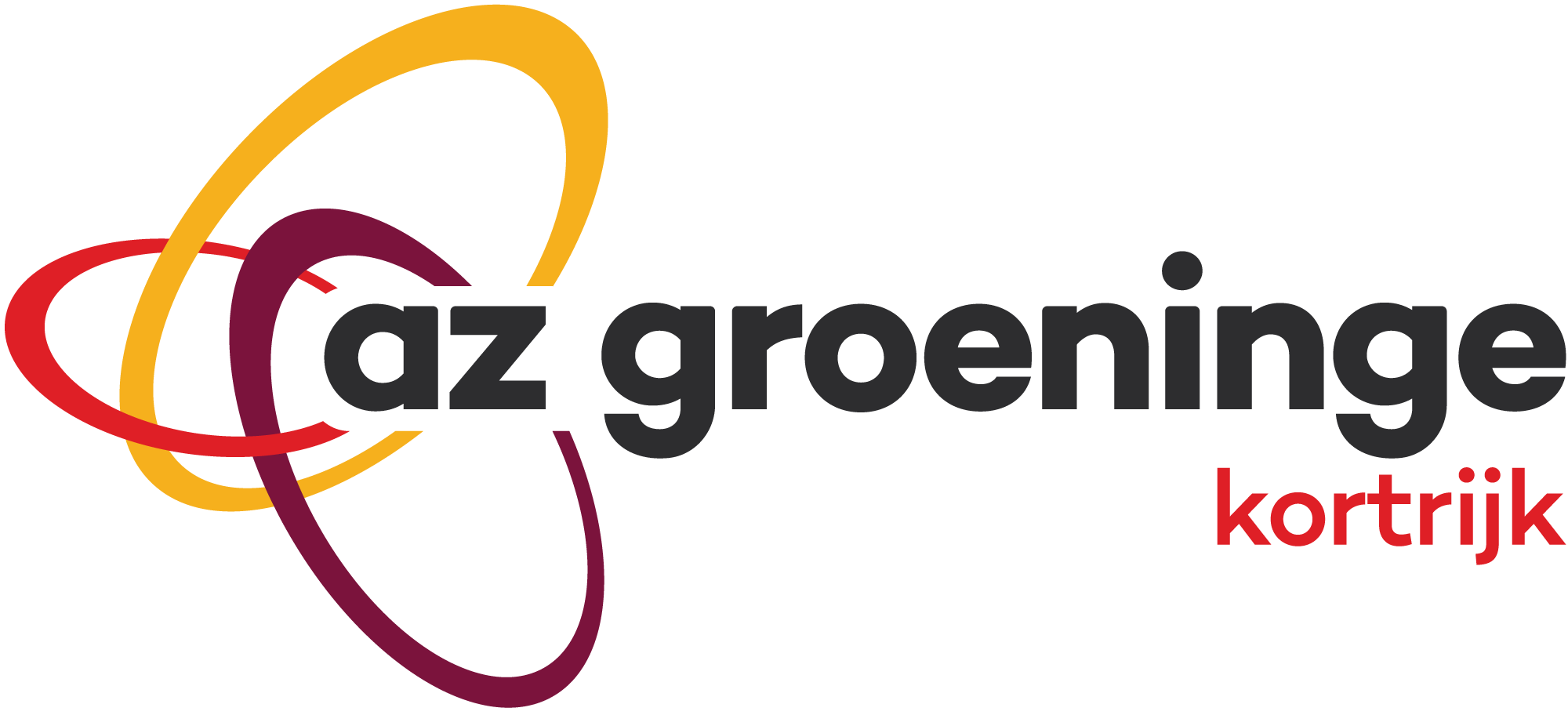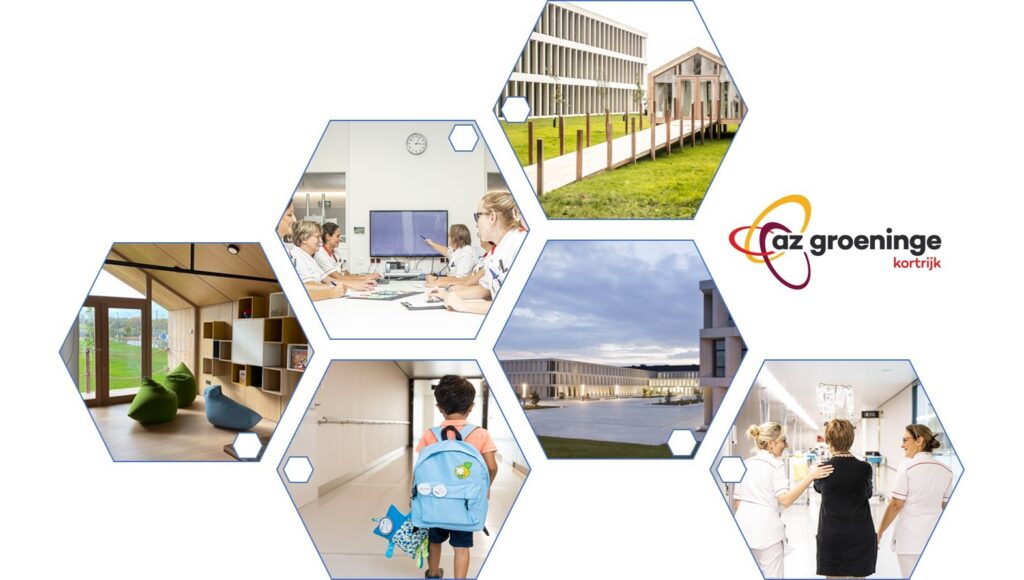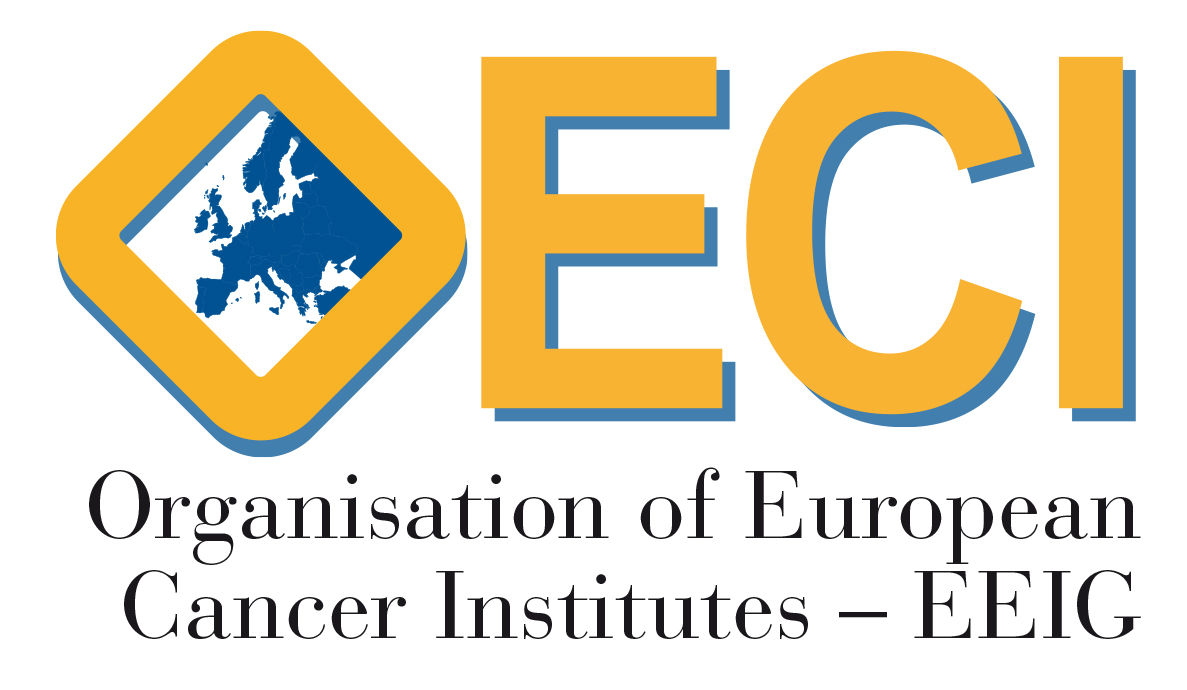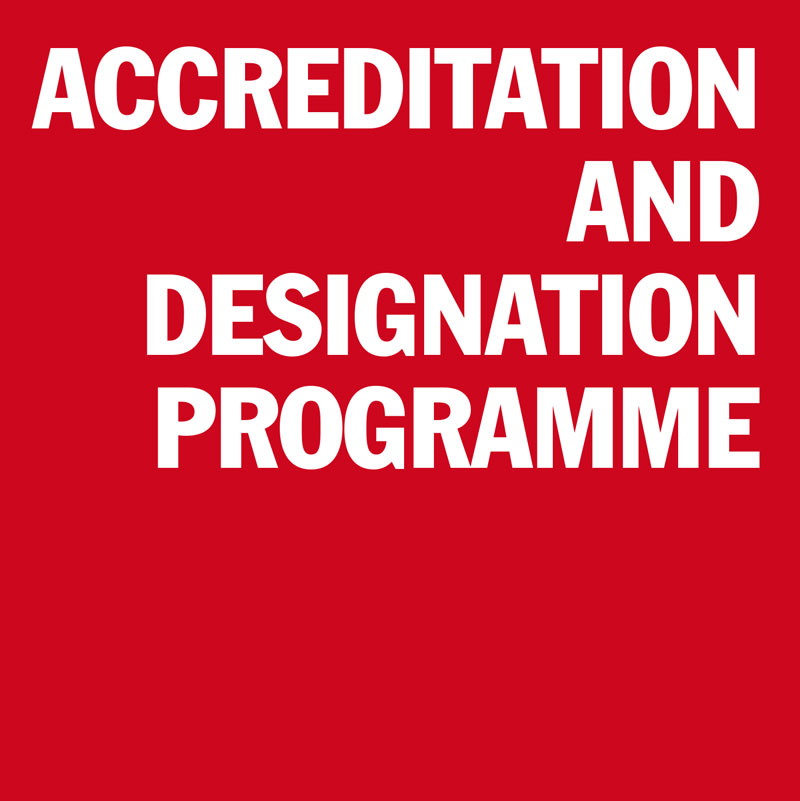Excellent Practices
The implementation of an interdisciplinary care meeting to offer holistic care
Practice Category: Services
Centre: Kortrijk Cancer Centre AZ Groeninge

Annelies Courtens
annelies.courtens@azgroeninge.be

Challenge which the practice addresses
In order to offer high-quality integrated care that responds to complex care demands of our patients and = their relatives, oncological care in AZ Groeninge is organised in multidisciplinary oncology clinics. In addition, a highly developed and integrated supportive care system is available in a structured way. Dedicated physicians, oncocoaches and allied healthcare professionals collaborate to provide holistic care and better meet the needs of our patients and their relatives throughout the patient journey. However, in daily practice we noticed fragmented care with a lack of interprofessional coordination when a patient was admitted to the acute oncology ward. Due to this gap in coordination, there were, at the time of medically discharge, still unmet practical-, social- and psychological needs within the patients and their relatives.
Solution
A weekly interprofessional care meeting is organised on the oncology ward by the head nurse. This multi professional discussion is attended by a doctor, a dietician, psychologist, social worker, physiotherapist, a professional of the spiritual and religious service team and a nurse from the palliative support team. To take the patient perspective into account, there is a daily bedside shift reporting. Through bedside shift reporting between nurses in attendance of the patient, the vision of the patient is taken into the weekly care meeting.
The content of the meeting is as follows: first, the doctor reviews the patient’s diagnosis and the current medical plan. Second, each healthcare professional defines care objectives/needs of the patient/ relatives, based on their expertise. Based upon the input of each healthcare professional, priorities and holistic unmet needs are defined. Where necessary, adjustments in care policy will be implemented during the patient’s admission. The team makes clear agreements and designated responsibilities regarding follow-up and discharge.
Impact
The patient’s care plan and discharge are prepared in a multidisciplinary manner and supported by the entire team. This holistic approach allows to better meet patients’ needs and expectations and resulting in fewer unmeet needs upon dismissal. In addition, transmural and internal supportive care programs such as smoking cessation consultations; oncological rehabilitation; facilities for emotional and practical support for children; cooperation with primary care used in a more structured and efficient way.
Through the involvement of a physiotherapist, a professional of the spiritual and religious service team and a nurse from the palliative support team, more attention is paid to early care planning or coordination of palliative/end-of-life care. This crucial process of continuous dialogue between patients, relatives and healthcare professionals with the aim of clarifying patients’ values and wishes regarding the end of life, results in a faster and better palliative care policy, holistic end-of-life care and for the patient and loved ones a piece of mind and quality of life.
Critical success factors
- Upon implementation, the objective of the meeting has to be clear for each healthcare professional and the time and location should fit in the agenda of everybody.
- The care professional of the ward who has a good overview of the patients’ unmet needs (or attended the bedside shift reporting), should be in charge of the coordination of this meeting, for example the head nurse.
- Report of the concrete care objectives and to-do’s are crucial and must be available to all team members.
- The effectiveness is determined by the physical mandatory presence of each healthcare professional. In case of absence, a representative reserve must be present.
- Keep patients and relatives informed about what was discussed in the weekly meetings. In this way, there is a continuous interaction. They get the feeling that they are an equal partner in striving together for optimal care and that discharge to home is not forced when (non-medical) unmet needs are still present.
Next steps
With regard to the further dissemination of early care planning a registration button will be developed in the electronic patient report. This will allow every healthcare professional to structurally document the current wishes and needs surrounding the end-of-life of the patient and their relatives. The evolution of the needs and wishes can be monitored and discussed by the team.
Through this holistic and interprofessional meeting more topics are addressed concerning the unmet needs of the (grand)children of patients. This results in an expansion of the facilities for the children outside the hospital and the introduction of a backpack with communication and supporting tools. It is desirable to review this concept and opportunities with our patient advisory board and options for digitizing this meeting are being explored.
Finally, opportunities to optimize communication with primary care during admission are reviewed.


